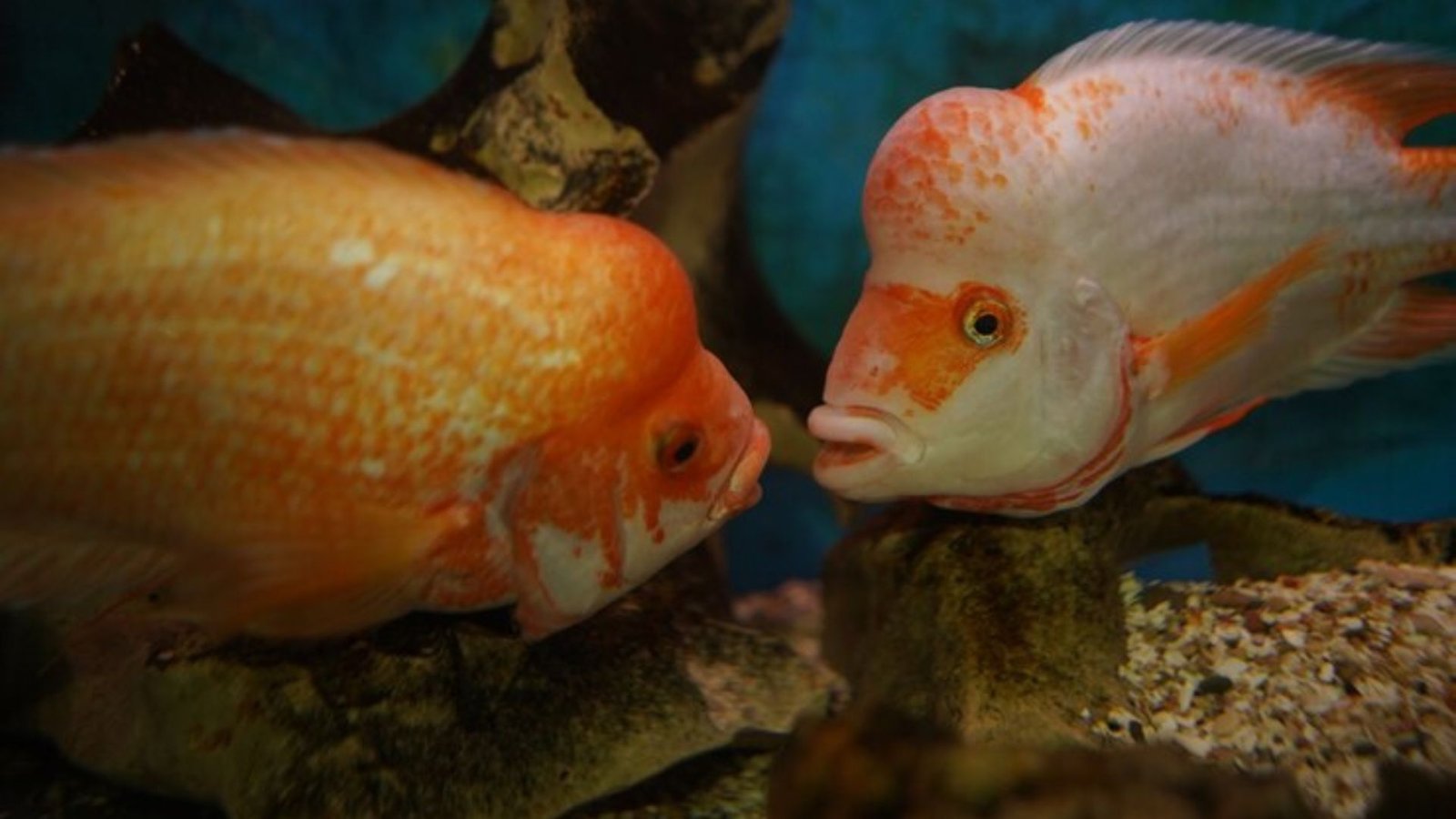Molly fish are popular among aquarists due to their vibrant colors, peaceful nature, and ease of care. One of the key aspects of breeding molly fish is understanding their gestation period. This guide will provide a comprehensive overview of molly gestation, including the timeline, care tips, and answers to frequently asked questions.
Understanding Molly Fish
Molly fish, belonging to the Poecilia genus, are livebearers, which means they give birth to live young rather than laying eggs. They are known for their adaptability and can thrive in a variety of water conditions. This makes them a favorite among beginners and experienced aquarists alike.
Types of Molly Fish
Before diving into gestation, it’s essential to understand the different types of molly fish. The most common varieties include:
Black Molly: Known for their striking black coloration.
Sailfin Molly: Recognizable by their large dorsal fin.
Dalmatian Molly: Characterized by their white bodies with black spots.
Lyretail Molly: Features a unique tail shape that resembles a lyre.
Each type may have slight variations in gestation, but the general process remains the same.
Molly Fish Gestation Period
Gestation Timeline
Molly fish typically have a gestation period of 28 to 35 days. However, several factors can influence this timeline:
Water Temperature: Warmer water temperatures can accelerate the gestation process, while cooler temperatures may prolong it.
Health of the Mother: A healthy molly will have a more consistent gestation period compared to a stressed or sick fish.
Tank Conditions: Stable water parameters, such as pH, ammonia, and nitrate levels, can impact gestation.
Signs of Pregnancy
Identifying a pregnant molly fish can be exciting for aquarists. Here are some common signs to look for:
Gravid Spot: A dark spot near the anal fin, known as the gravid spot, indicates that the fish is pregnant.
Belly Size: The belly will gradually grow larger as the pregnancy progresses.
Behavioral Changes: Pregnant mollies may become more reclusive or exhibit changes in swimming patterns.
Caring for Pregnant Mollies
Tank Setup
Creating a suitable environment for pregnant mollies is crucial for their well-being. Here are some tips for tank setup:
Provide Hiding Spots: Use plants, decorations, and breeding boxes to give the pregnant molly places to hide from other fish.
Maintain Water Quality: Regularly check and maintain optimal water conditions to reduce stress on the pregnant fish.
Separation: If possible, consider separating the pregnant molly into a breeding tank to ensure the safety of both the mother and the fry.
Diet
A nutritious diet is vital for a healthy pregnancy. Here are some dietary tips:
High-Quality Flakes: Provide high-quality fish flakes that contain essential nutrients.
Vegetables: Occasionally feed blanched vegetables, such as spinach or zucchini, to enhance the mother’s diet.
Protein: Include protein-rich foods like brine shrimp or daphnia to support fry development.
Monitoring
Throughout the gestation period, monitor the mother closely. Look for signs of stress or illness, and be ready to take action if necessary.
Preparing for Birth
As the gestation period nears its end, it’s important to prepare for the arrival of the fry.
Setting Up a Fry Tank
If you choose to keep the fry, set up a separate fry tank with the following considerations:
Size: A small tank (10 gallons is ideal) with minimal decorations is sufficient for newborns.
Water Conditions: Ensure the water is clean and well-filtered to support the delicate fry.
Temperature: Maintain a warm temperature around 76-80°F to encourage healthy growth.
Post-Birth Care
Once the fry are born, remove the mother from the fry tank if necessary. The mother may eat her young if she feels threatened.
Conclusion
Understanding molly gestation is essential for any aquarist looking to breed these delightful fish. By knowing the timeline, recognizing the signs of pregnancy, and providing proper care, you can ensure a successful breeding experience. With the right environment and diet, your molly fish can thrive and produce healthy fry, adding more beauty to your aquarium.
ALSO READ:Striper Fishing: Tips, Techniques, And Best Locations
FAQs
How many fry can a molly fish have?
A molly fish can give birth to anywhere from 20 to 100 fry in a single litter, depending on the size and age of the mother.
How can I tell if my molly is about to give birth?
Look for an enlarged belly and increased visibility of the gravid spot. Behavior changes, such as hiding or increased agitation, can also indicate that birth is imminent.
What should I do with the fry after they are born?
You can either keep them in a separate fry tank or return them to the main tank if there are no aggressive fish. Ensure the fry have enough hiding spots to feel safe.
How long do molly fry stay with their mother?
Molly fry are relatively independent and can start swimming on their own shortly after birth. However, it’s best to separate them from the mother after a few days to prevent her from eating them.
Can I keep different types of mollies together?
Yes, different types of mollies can coexist peacefully as long as they have enough space and resources in the tank. Just ensure they are all compatible in terms of temperament and water conditions.











